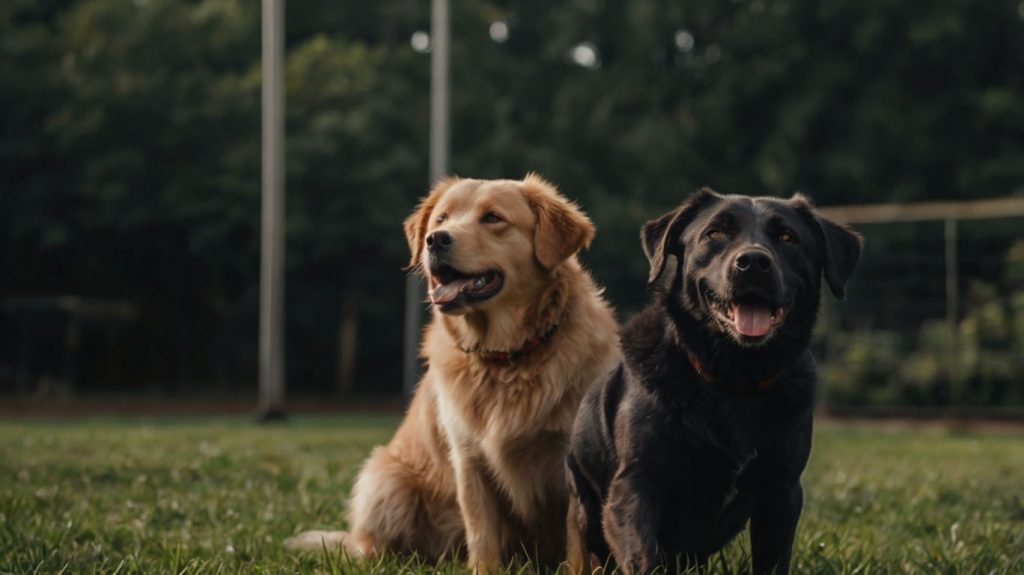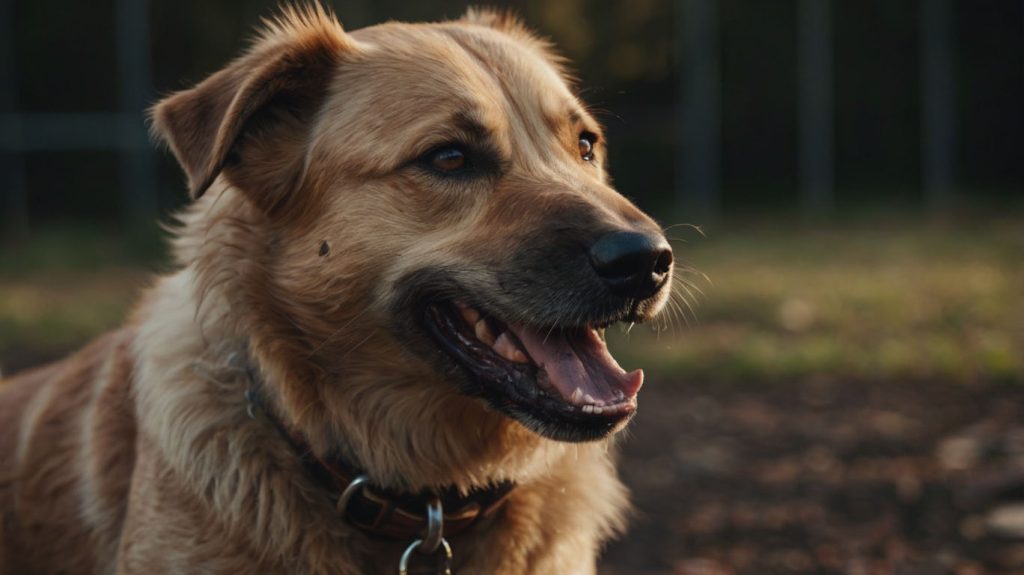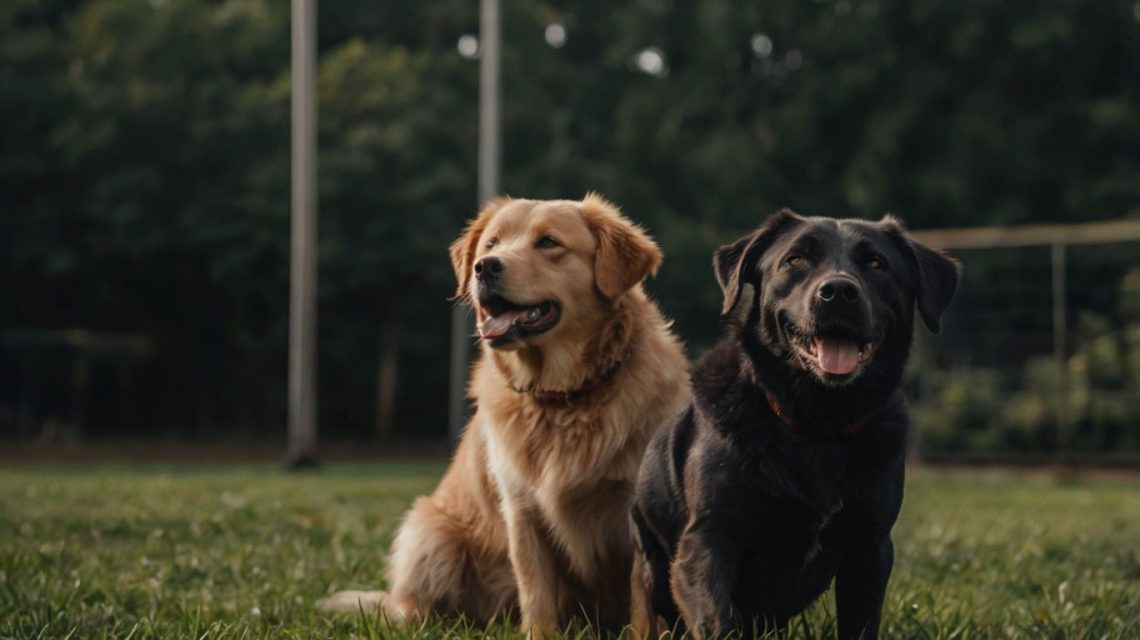Why Revival Dog Training Is Changing Pet Lives
Revival dog training is gaining momentum as a humane and effective approach to behavioral correction. Unlike outdated, dominance-based methods, this system centers on trust, consistency, and scientifically-backed positive reinforcement.
Imagine a once-aggressive rescue dog now peacefully walking at your side—or a hyper pup learning to calmly greet guests. These aren’t just isolated stories. They are proof that revival dog training works when applied correctly.
But what makes this method so different? And more importantly, how can you use it at home?
Let’s walk through it.
What Is Revival Dog Training?
Revival dog training refers to a holistic approach that uses empathy, structured routines, and reward-based learning to reshape a dog’s behavior. It focuses not just on commands, but on building a long-term relationship.
This method revives the bond between dogs and humans, especially in cases where past abuse, neglect, or inconsistent handling has led to mistrust.

Key Elements of Revival Dog Training
- Positive Reinforcement: Rewarding desired behaviors to encourage repetition.
- Consistency: Using the same commands and responses to avoid confusion.
- Respect for Canine Psychology: Understanding how dogs think and feel.
- Trust-Building: Creating an emotionally safe environment.
Benefits of Using Revival Dog Training
When you commit to revival dog training, the results speak for themselves. Whether you’re dealing with a high-strung puppy or a rescued adult dog, you’ll start to see shifts that go beyond simple obedience.
Improved Behavior and Focus
Because it rewards attentiveness, revival training leads to dogs that are calmer, more focused, and more eager to follow direction.
Strengthened Bond Between Owner and Pet
This method isn’t about control—it’s about connection. And dogs trained this way are generally more affectionate and responsive.
Reduced Stress and Anxiety
Dogs with traumatic pasts often display anxious behaviors. Revival training gradually helps reduce their fear through structure and empathy.
How Revival Dog Training Differs from Traditional Methods
Some training systems rely on punishment and dominance. Revival dog training, however, flips that script. It prioritizes emotional safety and communication.
For example, instead of yelling “No!” when a dog jumps, a revival trainer redirects and rewards calm behavior. Simple—but remarkably effective.
Revival Dog Training and Rescue Dogs: A Perfect Match
One of the most powerful use cases of revival dog training is in rehabilitating rescue animals. These dogs often come with trauma, fear, or behavioral issues.
Through revival techniques:
- A fearful dog may learn to trust again.
- An aggressive dog may become calm.
- A disobedient dog may discover structure for the first time.
Case Study: A shelter in Texas implemented revival training across all dogs in their care. Within six months, adoption rates increased by 40%, and returns dropped by half.

The First 30 Days of Revival Dog Training
To make revival dog training effective, it’s critical to set the tone early. The first month is about foundation.
Week-by-Week Breakdown
| Week | Focus Area | Key Activities |
|---|---|---|
| 1 | Trust & Observation | Learn your dog’s body language |
| 2 | Basic Commands | Teach sit, stay, come using treats |
| 3 | Leash Work | Introduce loose leash walking |
| 4 | Emotional Regulation | Manage reactivity with redirection |
Transition words like “next,” “meanwhile,” and “eventually” help structure this journey in your dog’s mind.
Essential Commands in Revival Dog Training
Every successful program starts with the basics. These core commands are often introduced within the first month:
- Sit
- Stay
- Leave it
- Heel
- Come
However, revival training adds emotional depth to these cues, teaching not just response—but intention.
Common Mistakes to Avoid in Revival Dog Training
Let’s be honest—dog training can be frustrating. That’s why many owners unknowingly sabotage their progress. Here’s what to watch out for:
- Inconsistency: Switching commands or expectations confuses your dog.
- Overuse of Correction: Revival training minimizes correction and maximizes reward.
- Impatience: Behavior change is a process, not an overnight miracle.
Revival Dog Training for Puppies vs. Adult Dogs
While the techniques remain the same, your dog’s age will impact how quickly they respond.
- Puppies learn fast but require more repetition.
- Adult dogs, especially rescues, need time to unlearn harmful past experiences.
Using Tools in Revival Dog Training: Yes or No?
Although revival dog training avoids punishment-based tools (like prong collars), some gentle tools are welcome:
- Clickers
- Treat pouches
- Harnesses
The point is to empower the dog—not force them.
How to Train Your Dog at Home Using Revival Methods
You don’t need a professional to get started. Follow these tips:
- Create a consistent schedule.
- Keep training sessions short and fun.
- End each session with play or affection.
Consistency is your best friend. For instance, always reward calm behavior before feeding or walking.
Top Resources for Revival Dog Training
Whether you’re a DIY type or looking for pro help, here are top tools:
- Books: The Other End of the Leash by Patricia McConnell
- YouTube Channels: Zak George’s Dog Training Revolution
- Apps: Dogo, Pupford
- Courses: SpiritDog Training, K9 Training Institute
FAQs About Revival Dog Training
What is the goal of revival dog training?
To rebuild trust and correct behavior using empathy, consistency, and positive reinforcement.
How long does it take to see results?
You may see basic improvements within a few weeks, but long-term change takes months.
Is revival training only for aggressive dogs?
Not at all. It benefits shy, anxious, hyperactive, and even well-adjusted dogs.
Can I use treats with revival dog training?
Absolutely. Treats are a cornerstone of the method.
What should I do if my dog isn’t responding?
Step back, evaluate your consistency, and possibly seek professional guidance.
Are there risks with revival dog training?
Very few. The only “risk” is that you’ll need patience and a long-term mindset.
Conclusion: Start Your Revival Dog Training Journey Today
Revival dog training offers not just a technique—but a transformation. Whether you’re a first-time dog owner or managing a rescue case, this method helps you create lasting change with kindness and purpose.
Don’t wait. Start small, stay consistent, and watch as your dog blossoms into their best self.


